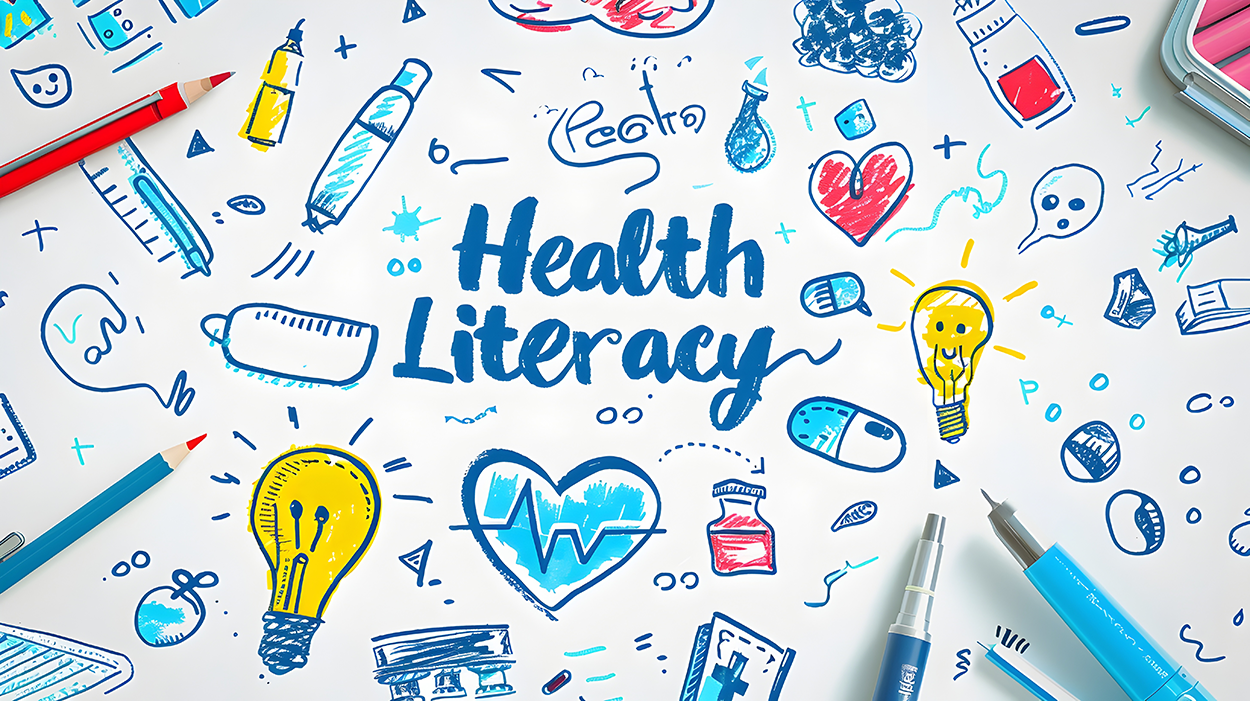Table of Contents |

Throughout this lesson, you have learned the nuances of how SDOH affect various populations. Suggested strategies for addressing SDOH within populations, communities, and the social and physical environment have been woven into the fabric of these lessons. Exploring how to achieve health equity within populations requires a deeper understanding of population culture, social norms, factors that place people at risk, and the protective factors that can play a role in achieving health equity. Public and community health professionals must spend time immersed in the community and the population to understand the degree of health inequalities and collect qualitative and quantitative data to assist in efforts to achieve health equity.
Let’s revisit children as a population to begin the discussion of achieving health equity. Some key strategies to promote health equity for children in public and community health involve a comprehensive approach that includes expanding funding and assessment criteria to allocate resources to programs that specifically target health disparities in this population and using assessment criteria that prioritize health equity outcomes.
IN CONTEXT
Health Equity Programs
The Administration for Children & Families, part of the Health and Human Services (HHS) agency, promotes health equity by funding programs directed toward vulnerable populations. An example of this would be a funding announcement for programs that fund Tribal, Maternal, Infant, and Early Childhood Home Visiting Programs that bring evidence-based home-visiting services to expecting families or families with young children. The impact of this program funding is to improve maternal and child health outcomes, child well-being, and children’s school readiness, contributing to more equitable outcomes for children and families who have historically experienced resource and opportunity barriers in these areas (Administration for Children & Families, n.d.).
Health equity for children refers to the fairness and justice of health outcomes and access to health care services for all children, regardless of their background or circumstances. It involves the removal of barriers to health, such as poverty, discrimination, and their consequences, including powerlessness and lack of access to good jobs for adolescents of working age with fair pay, quality education and housing, safe environments, and health care. For children with disabilities, health equity is a key pillar in supporting a future where they can enjoy a full life. In summary, promoting health equity for children involves addressing social determinants, improving access to care, and ensuring that clinical guidelines are used to help treat children prioritize equity.
Some strategies to promote health equity in the senior population may seem like those of other populations. Some strategies for this group include supporting age-friendly initiatives to ensure they are accessible and beneficial to all seniors. An example would be prioritizing built neighborhoods that explicitly employ a health equity approach and enhance the well-being and quality of life for seniors by creating age-friendly communities. Addressing social isolation by providing access to social support for at-risk older adults is also important.
These strategies for achieving health equity apply to most vulnerable populations. These general strategies include understanding the root causes of health disparities. Creating robust partnerships through collaboration with community organizations, state health officials, and minority health offices helps them work together and share resources to promote health equity.
To sustain health equity, the strategies applied to achieve it must be long-term commitments. Promoting health equity in the public and community health workforce ensures that those who work with vulnerable and marginalized populations, including children and seniors, are trained in health equity principles.

Being able to obtain and understand health information effectively empowers people to make informed decisions about their health. All individuals should have access to accurate, culturally relevant health information. This includes information about preventive measures, treatment options, and available health care services. Recognizing cultural differences and tailoring health information to diverse populations are essential. Effective communication considers cultural norms, beliefs, and practices. One way to sustain health equity then is to provide translation materials to ensure that non-English-speaking populations have access to health information. Healthy People 2030 emphasizes health literacy as one of the approaches to achieving and sustaining health equity.
Personal health literacy is about how well individuals can access and comprehend health information to make informed decisions about their personal health. Organizational health literacy refers to the extent to which organizations provide information and services that people can easily find, understand, and use to make those health-related decisions.
To eliminate health disparities, numerous changes need to occur. Fair and safe housing conditions must be available for all. The physical and social environment must support access to quality education and health care for all. Discrimination and systemic racism must be eliminated, eradicating unequal access to job opportunities. Health behaviors and cultural norms, like smoking and dietary habits, which can contribute to disparities in health conditions like diabetes and heart disease, must be addressed. Laws and policies at local, state, and federal levels must allocate resources to address the issues that perpetuate disparities. Public awareness and political will are needed as part of a concerted effort of the public and government. What can you do in your daily life or as a public health professional to help eliminate health disparities?

Other ways to sustain health equity include researching barriers to health equity and developing strategies to overcome them. Tailoring public health interventions to meet the specific needs of diverse populations and communities and building strong partnerships with community groups, health care organizations, and other collaborators to address health inequities foster sustainability. Additionally, conducting program evaluations to ensure that the actions taken result in tangible improvements in the health and well-being of populations is imperative (Calancie et al., 2022).
Collecting data helps monitor trends and ensure the strategies account for the needs and barriers encountered by people experiencing health inequities. Tailoring any intervention specifically to the needs of target populations and the unique challenges they face can promote health equity. This includes collecting needs data from target populations and involving members of the population in program and services planning and implementation. Finally, promoting diversity, equity, inclusion, accessibility, and belonging within the workforce to better serve diverse senior populations operationalizes best practices in building health equity (CDC, 2022).
These challenges highlight the need for a comprehensive approach to achieving and sustaining health equity. Such an approach would have to include policy changes, community engagement, education, and a focus on SDOH to move toward eliminating health disparities and achieving health equity.
Source: THIS TUTORIAL WAS AUTHORED BY SOPHIA LEARNING. PLEASE SEE OUR TERMS OF USE.
REFERENCES
Administration for Children & Families. (n.d.). Health equity fact sheet. www.acf.hhs.gov/equity/health-equity-factsheet.
Calancie, L., Batdorf-Barnes, A., Verbiest, S., White, N., Lich, K. H., Corbie, G., Mullenix, A., & Cilenti, D. (2022). Practical approaches for promoting health equity in communities. Maternal and Child Health Journal, 26, Suppl. 1, 82–87. doi.org/10.1007/s10995-022-03456-9
Centers for Disease Control and Prevention. (2022, July 1). What is health equity? U.S. Department of Health & Human Services. www.cdc.gov/healthequity/whatis/index.html#anchor_50591b
Centers for Disease Control and Prevention. (2023, July 11). What is health literacy? U.S. Department of Health & Human Services. www.cdc.gov/healthliteracy/learn/index.html